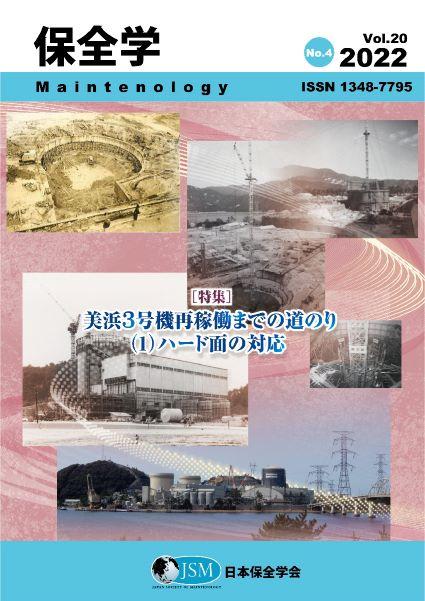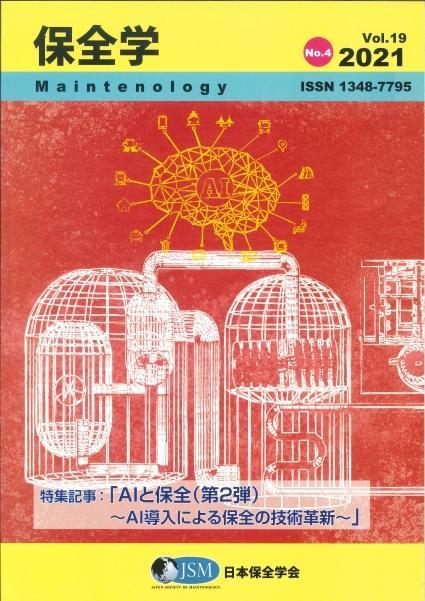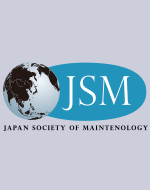実機環境下におけるLP,WJPおよびバフ研磨三工法応力改善効果の長期安定性比較
Long-Term Stability Comparison of LP, WJP and Buffing Residual Stress Improvement Methods under Actual Operating Condition
著者:
于 麗娜 Lina YU 才田 一幸 Kazuyoshi SAIDA 西本 和俊 Kazutoshi NISHIMOTO 浅井 郁海 Ikumi ASAI 千種 直樹 Naoki CHIGUSA
発刊日:
公開日:
BuffingHardness ReductionLaser PeeningNi-Based Alloy 600Residual stressWater Jet Peening
概要
In order to compare the stability of the stress improvement effect introduced by laser peening (LP), water jet peening (WJP) and buffing residual stress improvement methods during the long-term operation of nuclear power plants, the hardness in nickel-based alloy 600 has been studied through the kinetics of hardness reduction behavior in practical operation temperatures. The predicted hardness results show that in actual operating condition, the time required to reduce the hardness to 180HV is 1268 years for LP, 868 years for WJP, and 634 years for buffing, respectively. In addition, the hardness of the three stress improvement methods is much higher than the hardness of base metal even after 60 years continuous operation. It follows that the maintaining periods of compressive residual stress introduced by the investigated residual stress improvement methods are sufficiently longer than the assumed maximum operating period of 60 years for nuclear power plants in the actual operating condition.




